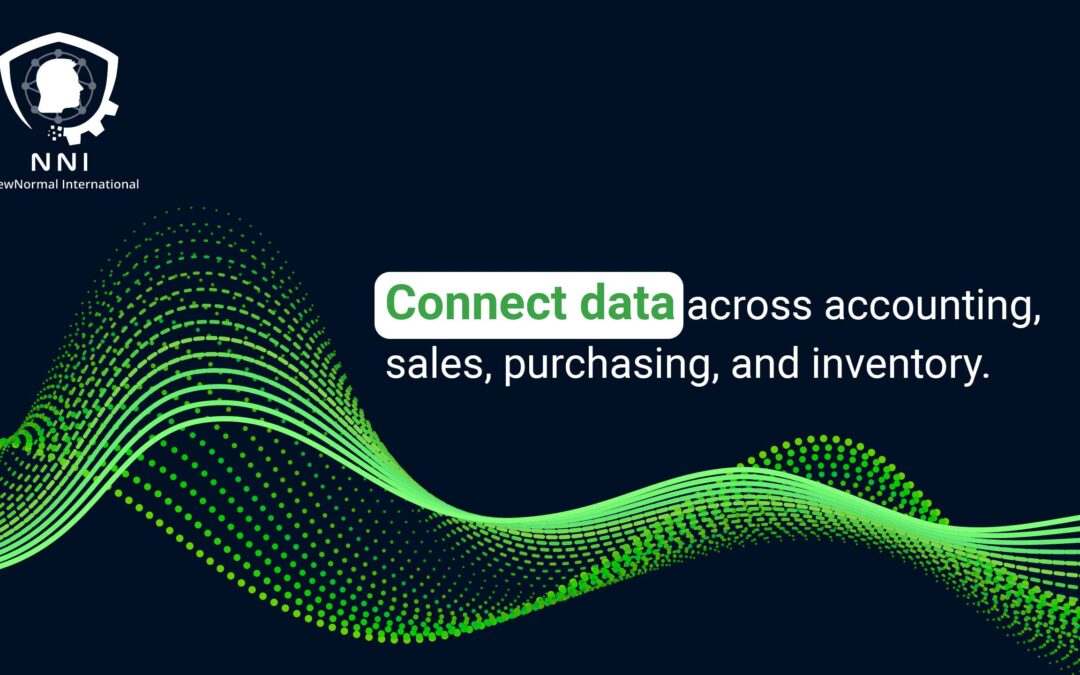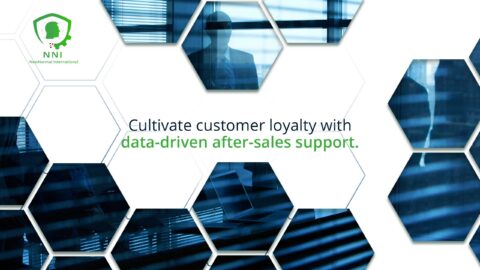Enhancing Business Efficiency with Data Integration in Accounting, Sales, Purchasing, and Inventory
The Imperative of Data Integration in Modern Business
In the fast-paced world of business, Data Integration in Business Operations has become a cornerstone for success. This integration, especially across key areas like accounting, sales, purchasing, and inventory, is vital for streamlined operations and informed decision-making.
Transforming Accounting with Integrated Data
In today’s data-driven business environment, the integration of data across various accounting systems has emerged as a transformative force, empowering businesses to break down data silos, achieve a unified view of their financial performance, and gain real-time insights that inform strategic decision-making.
Traditionally, accounting systems have operated in isolation, maintaining separate databases for different financial functions, such as general ledger, accounts receivable, accounts payable, and inventory management. This fragmented approach often led to delays in data consolidation, inconsistencies in financial reporting, and a lack of real-time visibility into the company’s overall financial health.
The integration of data in accounting systems eliminates these silos, creating a unified and interconnected ecosystem that seamlessly connects financial data from various sources. This integration provides executives and managers with a comprehensive and real-time view of the company’s financial performance, encompassing:
Revenue and Expenses: Real-time insights into sales trends, revenue breakdowns, and expense patterns enable businesses to identify growth opportunities, optimize pricing strategies, and control costs effectively.
Cash Flow Management: Real-time visibility into cash inflows and outflows empowers businesses to make informed decisions about working capital management, investment opportunities, and financing strategies.
Financial Reporting and Compliance: Integrated data facilitates accurate and timely financial reporting, ensuring compliance with regulatory requirements, enhancing investor confidence, and supporting informed financial analysis.
Predictive Analytics and Decision Support: Integrated data provides a foundation for predictive analytics models, enabling businesses to forecast future financial performance, anticipate potential risks, and make proactive decisions to optimize financial outcomes.
The benefits of integrating data in accounting systems extend far beyond improved financial visibility and reporting; they encompass a wide spectrum of strategic advantages for businesses, including:
Enhanced Financial Decision-Making: Real-time insights and predictive analytics empower executives and managers to make more accurate, timely, and data-driven financial decisions, leading to improved profitability, reduced risks, and enhanced strategic positioning.
Operational Efficiency and Cost Savings: Integrated data streamlines financial processes, reduces errors, and eliminates the need for manual data reconciliation, leading to increased operational efficiency and cost savings.
Improved Risk Management: Real-time visibility into financial performance and predictive analytics enable businesses to identify and assess potential financial risks, such as market fluctuations, credit risks, and operational disruptions, allowing for proactive risk mitigation strategies.
Enhanced Collaboration and Communication: Integrated data promotes transparency and collaboration across departments, fostering better communication and alignment between financial and operational teams.
Data-Driven Culture: Integrated data cultivation a data-driven culture within the organization, encouraging businesses to make decisions based on evidence and insights rather than intuition or guesswork.
In essence, the integration of data in accounting systems is not merely a technological upgrade; it is a strategic transformation that empowers businesses to achieve financial excellence, optimize resource allocation, and make informed decisions that drive sustainable growth in today’s dynamic and competitive business landscape. By embracing data integration, businesses can harness the power of their financial data, gain a competitive edge, and navigate the complexities of the modern business world with greater agility and confidence.
Real-time Financial Reporting and Analysis
With integrated data systems, businesses can achieve real-time financial reporting and analysis, crucial for managing cash flows, budgeting, and financial forecasting.
Revolutionizing Sales with Unified Data Platforms
Sales teams benefit significantly from data integration. Access to real-time data across different departments enhances customer relationship management and sales strategies.
Improving Customer Relationship Management
Integrated data systems offer a comprehensive view of customer interactions and preferences, which is crucial for tailoring sales strategies and improving customer experiences.
Streamlining Purchasing and Inventory Management
Data integration facilitates efficient purchasing and inventory management by providing accurate insights into supply chain operations and inventory levels.
Optimizing Supply Chain Operations
Integrating data across purchasing and inventory systems ensures optimal stock levels are maintained, reducing the risk of overstocking or stockouts and enhancing overall supply chain efficiency.
The Role of Generative AI in Data Integration
Generative Artificial Intelligence (AI) is redefining the scope of data integration in business. It can predict trends, automate data entry, and provide insights into complex data sets.
Automating Data Analysis with AI
AI technologies in data integration can automate complex data analysis, providing businesses with actionable insights for strategic planning and decision-making.
Conclusion Data Integration in Business Operations
In conclusion, Data Integration in Business Operations is a critical element for businesses aiming for efficiency and growth. Integrating data across accounting, sales, purchasing, and inventory is not just a technological upgrade but a strategic necessity in today’s competitive market.











